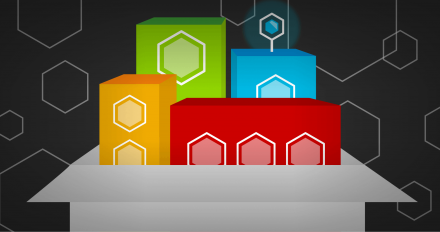
How to use Cryostat agent to profile Java workloads
Learn about Cryostat’s 2.3 new agent capabilities and how to profile Java applications.

Learn about Cryostat’s 2.3 new agent capabilities and how to profile Java applications.
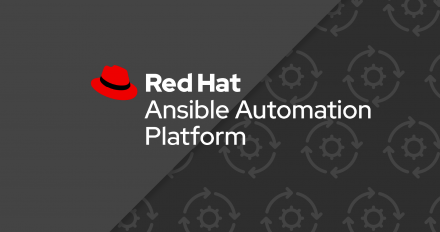
Learn how to use the Ansible Automation Platform from Microsoft Azure Marketplace to automatically provision Azure resources.

Learn about the benefits of deploying Ansible Automation Platform from the Amazon Web Services (AWS) Marketplace to automatically provision AWS resources.
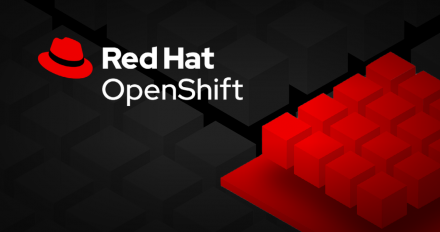
This article demonstrates how to use the OpenShift monitoring stack to monitor performance, troubleshoot issues, optimize resource utilization, and more.
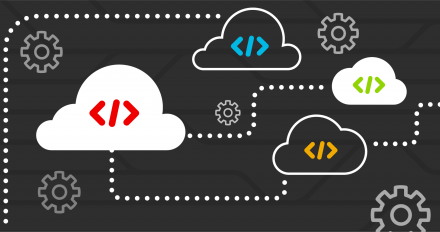
This article describes the tools utilized to implement DevOps in OpenShift.
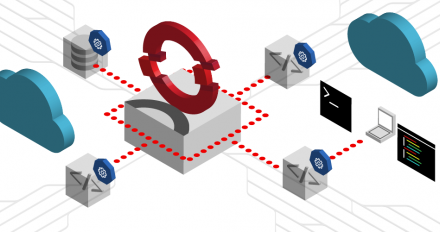
The OpenShift APIs for Data Protection Operator makes it easy to back up persistent volumes of your workloads. This tutorial covers the necessary steps.

You can now deploy the VMware Antrea Operator, certified as a container network interface (CNI) plug-in, on Red Hat OpenShift versions 4.9 - 4.12.
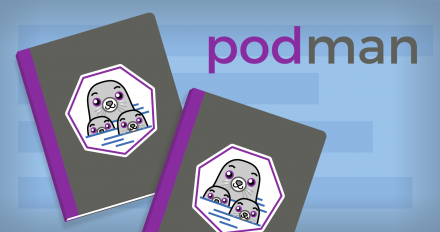
Considering Podman vs. Docker for containers? Discover 3 advantages of Podman, such as security and Linux features, extensions, and developer tools.
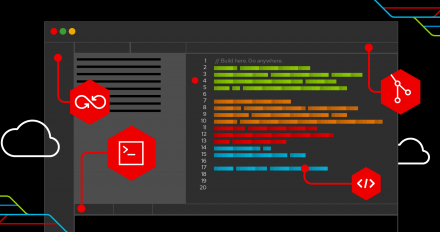
Learn the basics of using Git, the most popular tool for tracking and managing code changes for your application development.

This article describes the new Tempo Kubernetes operator for Grafana Tempo on OpenShift.
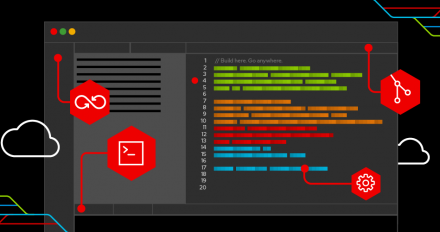
We've rounded up videos from DevNation Day: Modern App Dev, a virtual event for developers covering software, containers, modernization, and more.

Discover how to perform end-to-end testing for your open source applications on-premises using a containerized self-hosted runner.
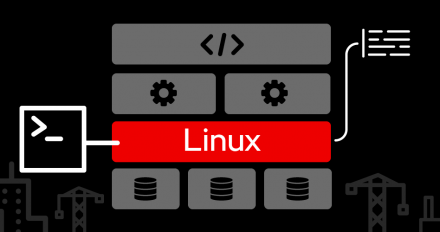
Explore how to troubleshoot your Open vSwitch deployments with the kernel_delay.py tool, which helps you debug faster by pinpointing issues at the source.

Discover more about Red Hat Trusted Application Pipeline, a secure and easy solution for the DevSecOps outer loop.

This article explains how to add a custom server task to Red Hat Data Grid to evict and reload a cache from a database table.

This article provides resources to get you where you need to go to succeed on your container journey.
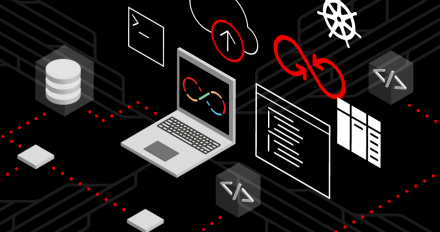
Get started and learn more about the new Cryostat quick starts and guided tour.

The goal of this track is to explore the Red Hat OpenShift GitOps Operator and...



This track provides an introduction to cloud-native development with Node.js by...
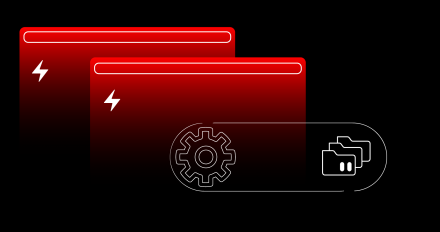
Learn how to develop applications using Quarkus, .NET Core 7, and Golang that
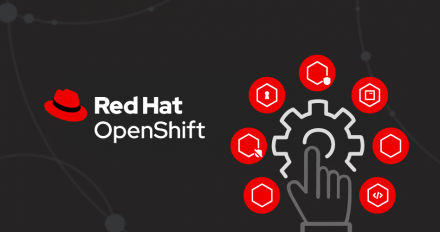
This article demonstrates how to build the OpenShift console dynamic plugin and deploy on OpenShift.
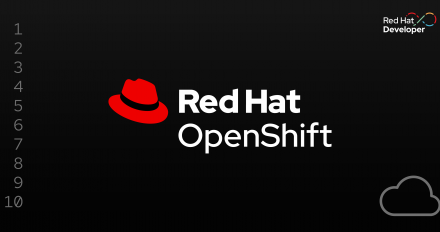
Learn the foundations of OpenShift through hands-on experience deploying and

Discover the new developer-focused features in Red Hat OpenShift 4.13.